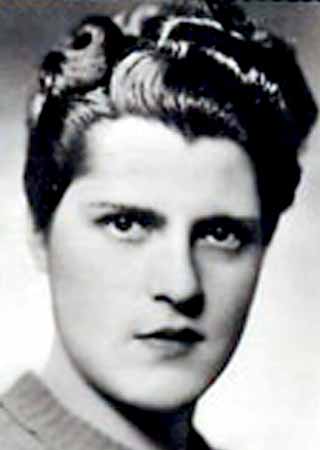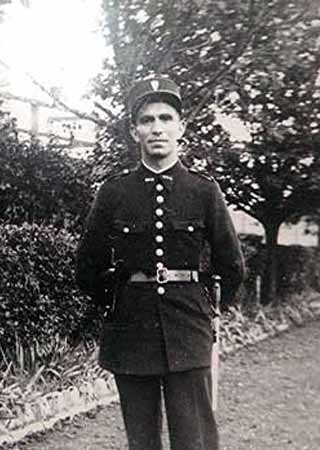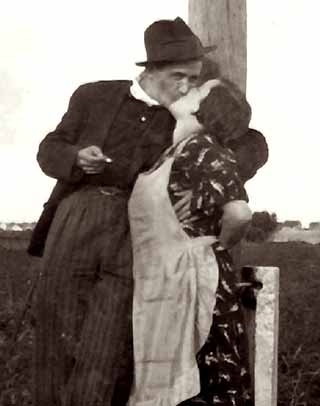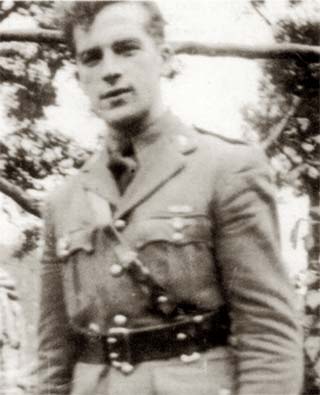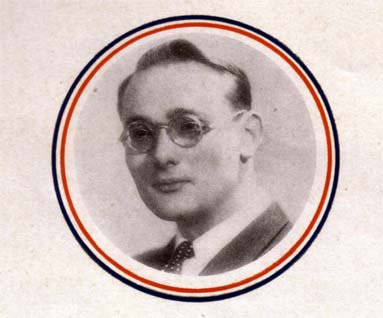Gilles Primout is the first to admit that he is obsessed by his subject. The amateur historian, who describes himself as a “sleuth”, has been researching the stories of Paris’s largely anonymous liberation heroes since the 1994 50th anniversary of the liberation.
“I thought it was important to tell the stories of all these people,” he said. “I knew practically nothing about them. And while a great deal has been written about the big names and personalities of France’s wartime struggle, very few people have written about the small details and the ordinary people that took part in the Liberation.”
Over two decades, Primout has identified more than 4,000 who died in Paris and its suburbs between August 13 and August 31.
“There are FFI fighters, ambulance staff and nurses, soldiers of the 2nd Armoured Division and civilians,” he said. “This wasn’t a clearly defined fighting force within a specific battle zone, like in the First World War. This was a battle of sporadic street fighting, and many civilians were caught in the crossfire.”
There are around 200 commemorative plaques to the victims and heroes of the Liberation of Paris. They are all too easy to pass by without a second thought.
“They have blended in to the urban landscape,” said Primout. “They were not designed to stand out. Even if people do look at them, all they will see is a name and a date, not the stories that lie behind.”
Primout says his is particularly affected by the stories of two victims. The first, Roger Ponge, was 15 when he was killed with his parents in a German artillery strike. The second, Virginie Quantin, was shot while looking out of her apartment window.
“These two stories show, for me, just how complex an event the Liberation was,” he said. “On one side there was an explosion of victorious joy in the streets. On the other there are quiet tales of tragedy that have been forgotten by everyone except for the families of the victims.”
In the early 2000s, Primout built a website dedicated to these victims and their stories, a tool that has helped his research by reaching out to a wider audience. He also hopes to publish these accounts in a book.
“What gives me the greatest satisfaction is when someone contacts me wanting to know more about their grandfather or great grandfather,” he said. “That is a real pleasure.”



